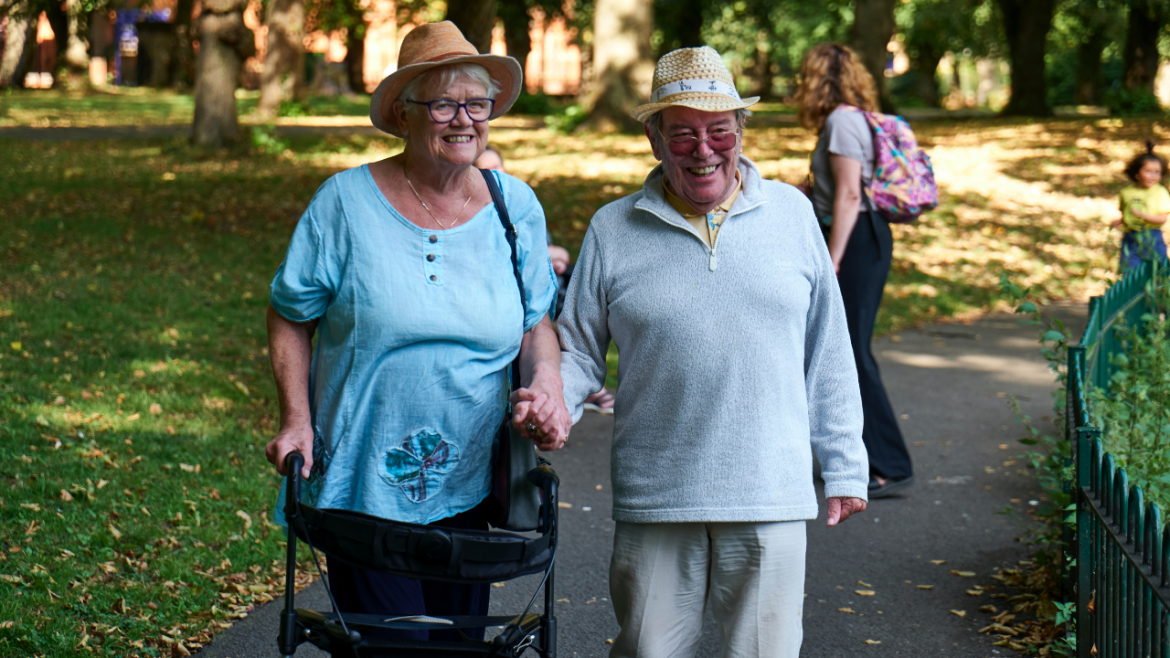Did you know that Leading Edge Senior Care has a Dementia Support Group? We meet monthly in Mesa. For more details <click here>
What is Range of Motion Therapy?
In the realm of senior care, Range of Motion (ROM) therapy shines as a pivotal intervention, enhancing physical mobility, minimizing pain, and promoting overall well-being. Understanding the intricacies of ROM therapy equips caregivers and seniors with valuable knowledge, fostering a healthier, more active lifestyle.
Defining Range of Motion Therapy:
Range of Motion therapy involves exercises that maintain or increase a joint’s flexibility and mobility. For seniors, these exercises are paramount, preventing stiffness, reducing pain, and ensuring independence in daily activities.
Key Benefits of Range of Motion Therapy:
- Enhanced Flexibility: ROM exercises increase joint flexibility, making daily movements easier and more comfortable.
- Reduced Pain: By improving joint mobility, seniors experience decreased pain levels, enhancing their overall quality of life.
- Improved Circulation: Regular movements enhance blood circulation, ensuring vital nutrients reach body tissues efficiently.
- Better Posture: ROM exercises target core muscles, aiding seniors in maintaining proper posture, and reducing the risk of falls.
- Emotional Well-being: Increased mobility fosters a sense of achievement, boosting seniors’ confidence and emotional resilience.
Types of Range of Motion Exercises:
- Passive Range of Motion (PROM): Caregivers gently move the senior’s joints, aiding mobility without the individual’s effort.
- Active Range of Motion (AROM): Seniors perform exercises independently, engaging their muscles and joints for movement.
- Assistive Range of Motion (AROM): Seniors receive gentle assistance from caregivers, encouraging greater joint movement.
- Resistive Range of Motion: Involves resistance against movement, enhancing muscle strength and joint stability.
Incorporating ROM Therapy into Daily Life:
- Morning Rituals: Start the day with gentle neck, shoulder, and wrist rotations to ease stiffness and prepare for the day.
- Seated Exercises: Encourage seniors to perform seated leg lifts, ankle circles, and wrist bends while watching television.
- Outdoor Activities: Take ROM exercises outdoors, performing arm stretches and leg movements in the fresh air, enhancing overall well-being.
- Incorporate Tools: Resistance bands and small weights enhance ROM exercises, intensifying the benefits of the therapy.
- Consistency is Key: Establish a regular routine, ensuring ROM exercises become a natural part of the senior’s day.
The Emotional Impact of ROM Therapy:
ROM therapy isn’t merely about physical movements; it carries profound emotional implications. For seniors, the ability to move without pain fosters a sense of independence and control. It strengthens the mind-body connection, boosting confidence and self-esteem.
Conclusion:
Range of Motion therapy is a beacon of hope for seniors seeking enhanced mobility and a life free from unnecessary physical limitations. Its transformative power extends beyond the physical realm, touching the core of seniors’ emotional well-being. By understanding and embracing ROM therapy, seniors and caregivers embark on a journey towards a healthier, more fulfilling life.

